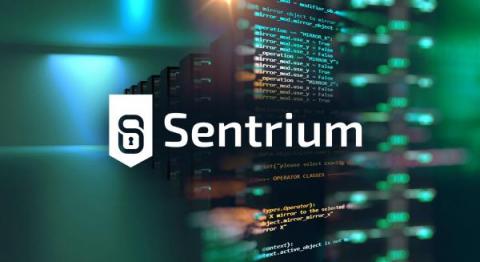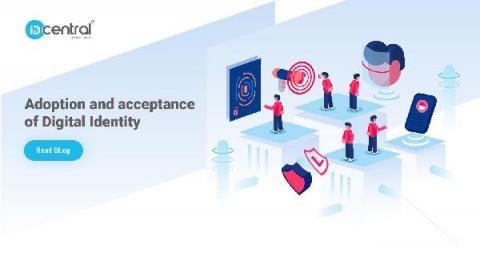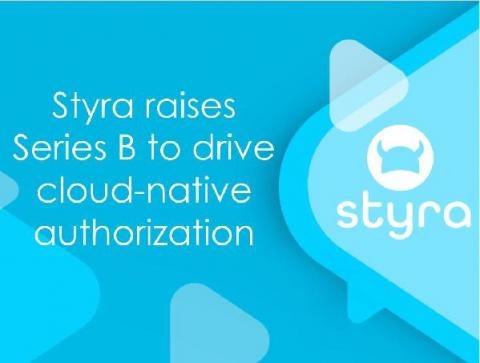IT Network Attacks Can Impact Your OT Networks, Too
On May 8th, I was at a gas station filling up my car before a trip I was taking when the news about a cyberattack against a large pipeline company broke. The attack led them to halt all operations. Ultimately, the incident stemmed from a ransomware infection in which a well-known threat actor took volumes of corporate data in just two hours and made their demands including the threat to block and encrypt the company’s network. They even threatened to release the data to the internet.











